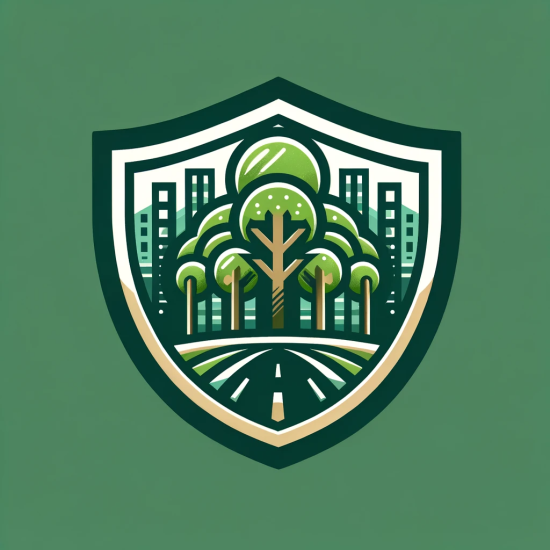Canopy Shield Score
Problem & Motivation
With increased urbanization, people are facing growing challenges related to climate change, poor air quality, public health, and overall livability. One significant factor contributing to these challenges is the adequate supply of tree canopies in cities. Trees play a pivotal role in mitigating urban heat islands, improving air quality, and promoting mental and physical well-being among residents. However, according to National Geographic & Block, n.d. tree cover in urban/community areas of the United States is on the decline at a rate of about 175,000 acres per year, which corresponds to approximately 36 million trees per year. Estimated loss of benefits from trees in urban areas is conservatively valued at $96 million per year.[2] (Nowak, D. J., & Greenfield, E. J. (2018) )Moreover, poor maintenance of trees can cause accidents, and last minute maintenance can be costly. Therefore, understanding and quantifying these risks is essential for urban planning and public policy decisions.
Our Solution
Our project aims to develop a machine learning-based risk model to predict urban tree death, specifically in the City of San Jose. By quantifying the risks associated with the lack of adequate tree coverage, city planners and policymakers can make informed decisions to prioritize tree planting and conservation efforts, and build more sustainable and resilient urban environments for the future.
Dataset
-
San Jose Street Tree data: 350,000 records, including plant type, condition, measurement etc
- San Jose Average Daily Traffic
Key Learnings&Impact
-
Developing a machine learning model to predict urban street tree death in San Jose
-
Visualizing level of risks for a neighborhood that experiences less tree coverage










